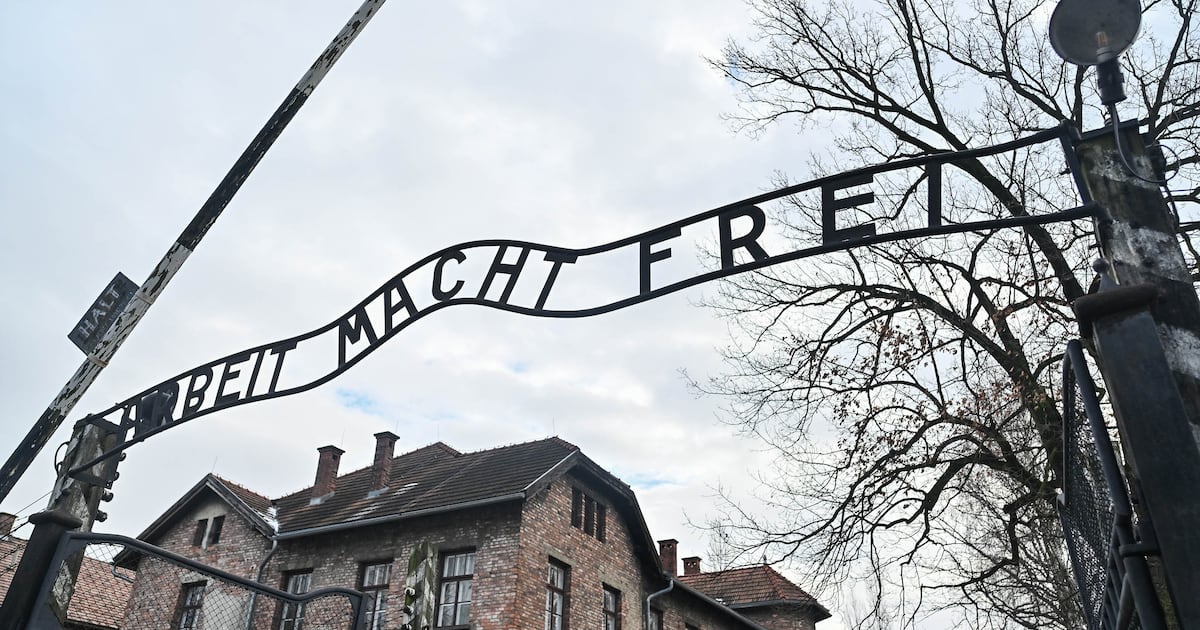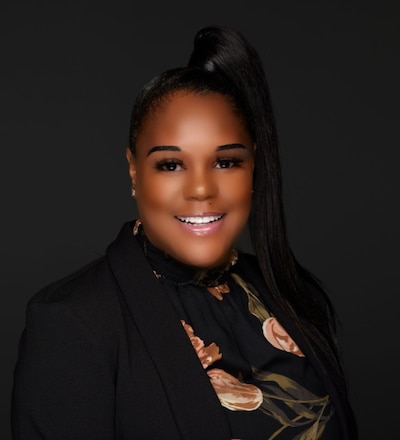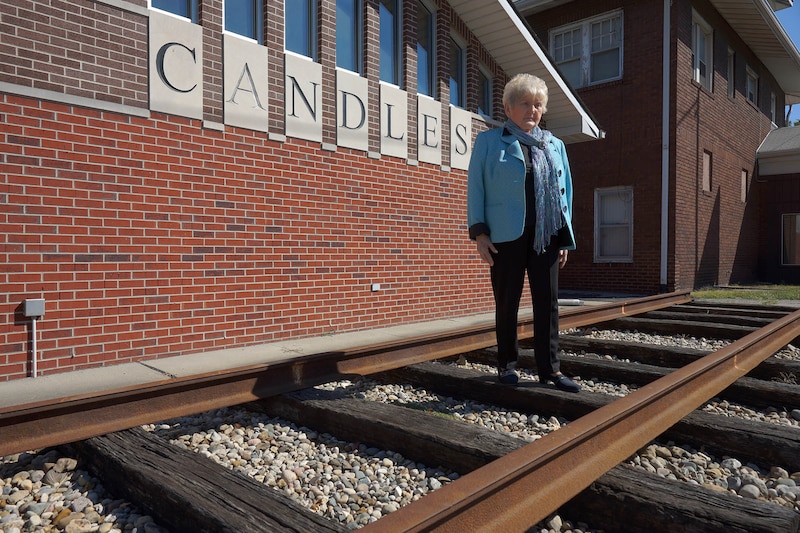During this summer, a team of students from MIT embarked on a journey to the sou …
Change in Holocaust Education After Visit to Auschwitz
Jennifer Livingstone

During my sixth grade years, I came across Anne Frank’s “The Diary of a Young Girl.” This was my first exposure to the Holocaust. I was deeply affected by her life and the tragic manner in which she died at the Bergen-Belsen concentration camp. It was then that I made a promise to myself to never forget Anne and the six million Jews who were killed by the Nazis.
As a twelve-year-old, I couldn’t comprehend the senselessness of her murder. While reading her diary, I had fully expected the outspoken girl, who shared my love for reading and disdain for math, who had crushes and dreams for the future, to survive. Anne reminded me of myself. To this day, it continues to sadden and haunt me that she did not make it.

The connections between the suffering of the Jewish people and Black Americans did not go unnoticed by me. I was deeply moved by images of Black American soldiers aiding in the liberation of Jews from concentration camps and struck by the irony of these same soldiers returning to the United States where they faced racial prejudice, were denied basic rights, and were still not fully free. As a high school English teacher, I was determined to educate my students about the contributions of Black soldiers like Cpl. James W. Baldwin who played a role in freeing Europe from Hitler’s regime.
Years later, in June, I had the opportunity to travel alone to Poland and Germany as a Fellow of the Funds for Teachers program. I pursued this fellowship in order to gain a deeper understanding of the Holocaust, as I teach a unit on the subject.
When I arrived at Auschwitz, where approximately 1 million Jews lost their lives, I could feel the heaviness in the air. Despite the sweltering summer heat, a distinct chill ran through my body as I passed through the gates inscribed with the words, “Arbeit macht frei,” meaning “Work sets you free.” It was a stark reminder of the millions who entered those gates only to be killed or subjected to brutal imprisonment and forced labor.
At Auschwitz, I was unprepared for the artifacts that remained. Suitcases with names, plates, and piles of human hair that the Nazis utilized for textiles were among the haunting remnants. The sight of children’s clothing and shoes, photographs of extremely emaciated prisoners, including children, and the abhorrent living conditions they endured, were especially difficult to witness.

Entering the gas chamber felt like being transported back in time. The lingering scent of death in the air overwhelmed me and brought me to tears.
I also had the opportunity to visit Oskar Schindler’s enamel factory in Krakow, Poland, which now serves as a museum. Schindler, a German businessman credited with saving over 1,000 Jews, was the focus of Steven Spielberg’s Academy Award-winning film “Schindler’s List.” The movie was recommended to me by another visitor at the museum.
I watched the film during my flight back to Europe. It was an emotional viewing following an emotional trip. I was captivated by Schindler’s transformation from an opportunist to an advocate who, disgusted by the Nazis’ brutal treatment of Jews, developed a plan to save as many lives as possible. This year, I intend to have my AP students watch “Schindler’s List” and write a rhetorical analysis.
This journey to Europe has deeply influenced how I approach teaching about the Holocaust. In addition to creating a PowerPoint presentation about my experiences at European Holocaust sites, I have organized field trips to the Peace Center for Reconciliation and Forgiveness in Indianapolis, founded by a survivor of the 1994 Rwandan genocide, and to a live production of “Letters From Anne and Martin,” which draws parallels between Anne Frank and Dr. Martin Luther King Jr.
Additionally, my students will conduct research about a real Holocaust victim in order to learn their story. They will also hear about Eva Mozes Kor, a Holocaust survivor who, along with her twin sister Miriam, endured the experiments of the sadistic Nazi doctor Josef Mengele. Kor lived in Terre Haute, Indiana, for many years and established a Holocaust museum and education center there. While at Auschwitz, I viewed a large photograph of Eva and her sister being liberated by Russian soldiers in 1945. (Kor passed away in 2019 at the age of 85.)
I also hope to speak to my son’s eighth grade humanities class as they study the rise of totalitarianism in the 20th century. I am excited to share what I witnessed and learned during my Holocaust education fellowship with other schools and classrooms as well.
All of my students, as well as students everywhere, should be aware of what took place during the Holocaust. They need to understand the importance of empathizing with those who suffer, regardless of their race or beliefs, and standing up for justice on their behalf. To highlight the danger of indifference towards people in pain, they will read Pastor Martin Niemöller’s famous verse, “First They Came For…”
In honor of Anne Frank, whose story captivated me as a twelve-year-old and whose death shattered my heart, I am committed to helping shape a generation of individuals who take a stand.
Nikia D. Garland teaches British Literature and AP Language and Composition at Back to blog

